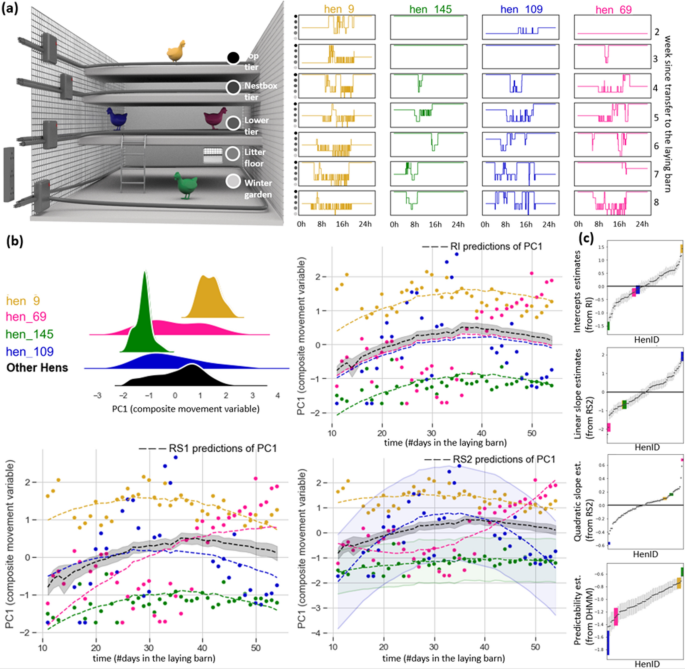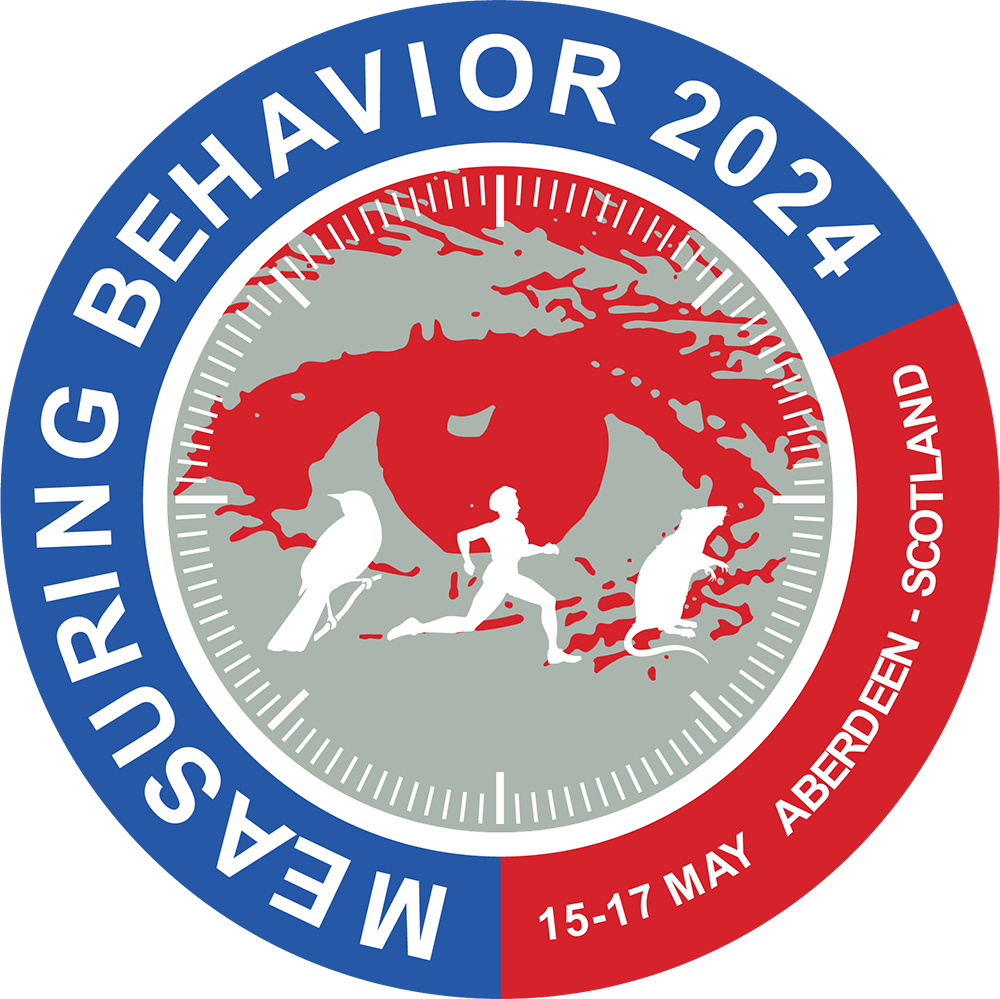Organizer: Michael Toscano (University of Berne, Switzerland)
Schedule: Friday 17th May 10:00 – 11:00
10:00 – 10:20 Mike Toscano – Methods to assess variation of movement within and across laying hens within a commercial system over extended periods of time
Sensor technology offers many opportunities to monitor animals within modern agriculture. We have used positional data of commercial poultry in cage-free housing to develop metrics that can then be linked with measures of health, welfare, and productivity. The extended periods of data collection characterized by relatively high resolution will allow for a more accurate assessment with greater relevance to the animal’s actual living conditions, breeding programs, and general improvements in quality of life.
10:20-10:40 Juan Steibel – Dyadic linear models for genetic analysis of behavioral interactions
In animal breeding, prediction of social genetic effects has been proposed to select for animals that are better adapted to groups rearing conditions. However, a more efficient way to improve a herd’s social genetic effects is through direct selection for the relevant behaviors. We present genetic dyadic models and we illustrate its application to a pig behavior dataset. These models are a useful statistical tool for implementing selection of behavioral traits in group-housed domestic animals.
10:40 – 11:00 Lucas Fontanesi – European Network on Livestock Phenomics (EU-LI-PHE): Mission on Big Data Focused on All Types of Animal-Related Phenotypes, Including Behavior
The acquisition of relevant phenotypes is fundamental in animal breeding and selection and for the routine and daily management of livestock populations to optimize reproduction strategies, disease control and welfare of the animals. Phenomics is focused on one major aim: to systematically describe the phenome, referred to as the physical and molecular traits of an organism, including animal behavior.
Description: Improved sensor technology allows for examination of behaviour in a far more detailed manner than conventional methods, e.g., video recordings. In addition to increased resolution and granularity over extended periods of time, the outcome is typically a far superior representation of the subjects’ behaviour. Despite these benefits, associated efforts require special expertise that prevent many well-intentioned efforts from being optimized. The required expertise is likely to include: processing and filtering data within very large datasets (i.e., Big Data), visualization and integration of multiple data streams, and extraction of meaningful metrics to compare group and individual-level patterns.
The symposium will include contributions towards developing a greater understanding in the visualization and analysis of large, complex datasets generated with all types of sensor technology.
Sponsorship: This symposium is in part sponsored by an EU-COST Action (EU-LI-PHE; https://www.cost.eu/actions/CA22112/), that focuses on building a European-based Phenomics framework.

The figure is from Montalcini et al. 2023, https://doi.org/10.1038/s41598-023-29587-9
 Measuring Behavior
Measuring Behavior